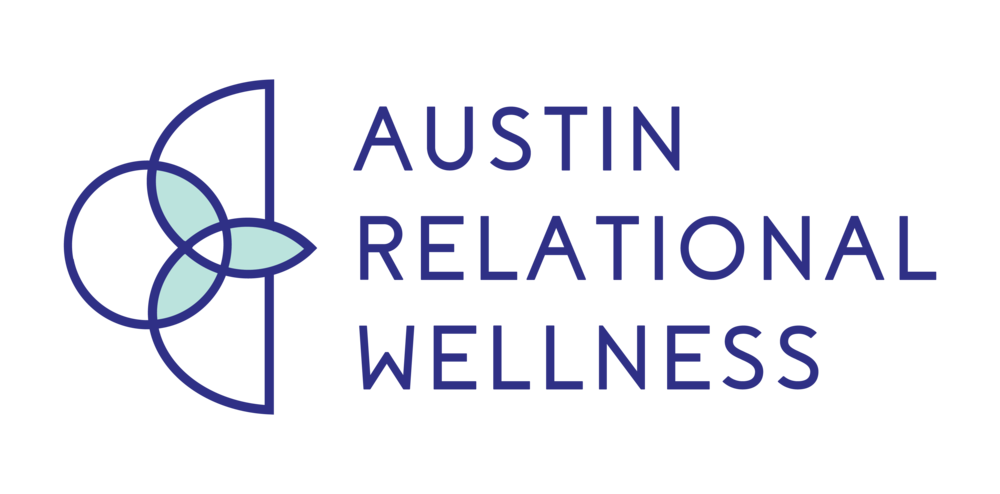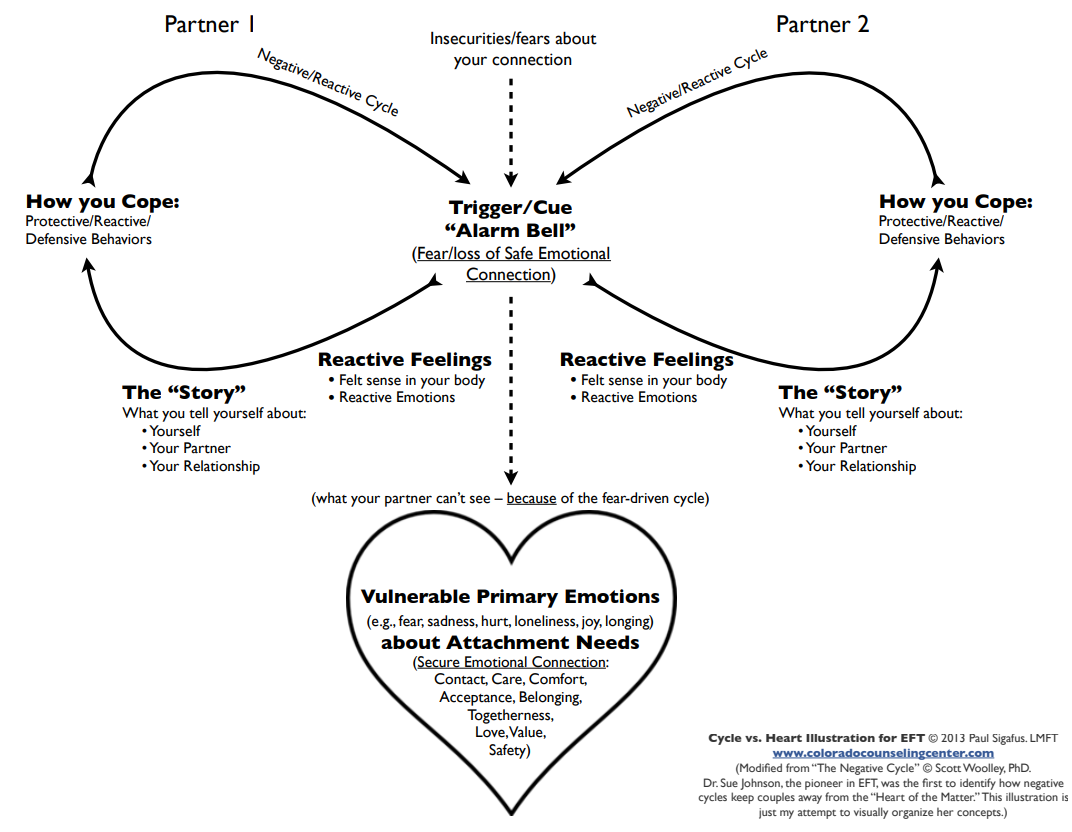What is something that pushes you past your emotional limit?
Is it being in a huge fight with your partner?
Feeling the pressure to perform from several people in your life?
Crowded and loud spaces?
Everyone has their own unique response to the stressors and demands of life. Stress is a huge part of what gets explored and worked through in individual counseling and couples therapy sessions.
Managing Stress
One way people are able to manage their stress and triggers is to first manage their emotions. We ideally want to stay in a place where we can still function well. Daniel Siegel has named this concept the “window of tolerance”. Siegel describes the window of tolerance as “The optimal zone of “arousal” for a person to function in everyday life. When a person is operating within this zone or window, they can effectively manage and cope with their emotions.”
For some, especially those that have experienced trauma, their window of tolerance may be smaller. Therefore, it can be difficult for them to stay in an optimal zone for emotional regulation. This means that a person is not as easily able to get grounded, and the perceived threat of a stressor consumes them so that they aren’t able to think as clearly. These stressors can cause an individual to leave their “window of tolerance” and find themselves in either hyper or hypo arousal.
Hyperarousal (aka the fight or flight response) symptoms include:
hypervigilance
anxiety
panic
anger
feeling overwhelmed
Hypoarousal (aka the freeze response) symptoms include:
emotional numbness
emptiness
feeling frozen
physically feeling shut down
Within our ideal window of tolerance, we feel calm, collected, connected to others, and able to work through emotions and stress.
Start observing how you handle stressful situations. Ask yourself, what is my window of tolerance? What happens when I’m outside of my window of tolerance?
Not only does learning about your window of tolerance help with your own individual wellbeing, it will help you learn to better respond and handle stressors in relationships as well. A counselor or therapist can help you to learn more about managing stress and increasing your window of tolerance. You can also try tools, such as mindfulness, to help you stretch your window of tolerance.
Article by Sarah Imparato, MA, LMFT Associate









































































